Senior Director of Data Science, where he leads analytics and AI initiatives for Arccos, golf’s #1 game tracking platform and the Official Game Tracker of the PGA TOUR. Hutchinson previously held analytics leadership positions at Amazon Games and Prime Gaming, and also worked at TuneIn and ROI-DNA.
A self-described “data nerd,” Hutchinson combined his analytics expertise with his passion for golf to improve from a 10 handicap to scratch player in less than two years.
He holds a Master’s Degree in Information Management and Certificate of Advanced Study in Data Science from Syracuse University’s School of Information Studies.
***
The Hutchinson story
I caught the golf bug twice in my life. The first time was as a junior golfer – I was passionate about the game and practiced constantly. But I hit a plateau where I couldn’t seem to improve no matter what I tried. Without any clear path forward or college recruiters showing interest, my frustration grew.
Eventually, like many others, life took over. For the next 20 years, I’d play maybe a scramble or two each year, but I was never serious about getting better. The game was just something I used to play.
Then, just before COVID, a friend invited me on a guys’ trip to play Spanish Bay. Something clicked that day when I birdied three of my first five holes. As I rediscovered my love for the game, I was amazed by how much had changed in those 20 years away. Launch monitors, strokes gained analytics, movement science – suddenly there were concrete ways to measure and improve that hadn’t existed when I was younger.
As someone who manages data science teams, I became fascinated by the idea that I could actually chart a path to improvement using data. I dove deep into everything I could find and used these new tools and analytics to help drive my improvement from a 10 handicap to scratch.
My obsession with golf analytics eventually led me to Arccos, first as a user tracking my own game, then through connections in the golf data community that opened the door to my current role. Now I get to work at the intersection of my professional expertise and personal passion, helping other golfers use data to improve their games.
When you combine data science with the game of golf, you start to see patterns and opportunities for improvement that might otherwise go unnoticed. That’s what drives me every day in this role – using data to help golfers at every level understand and improve .
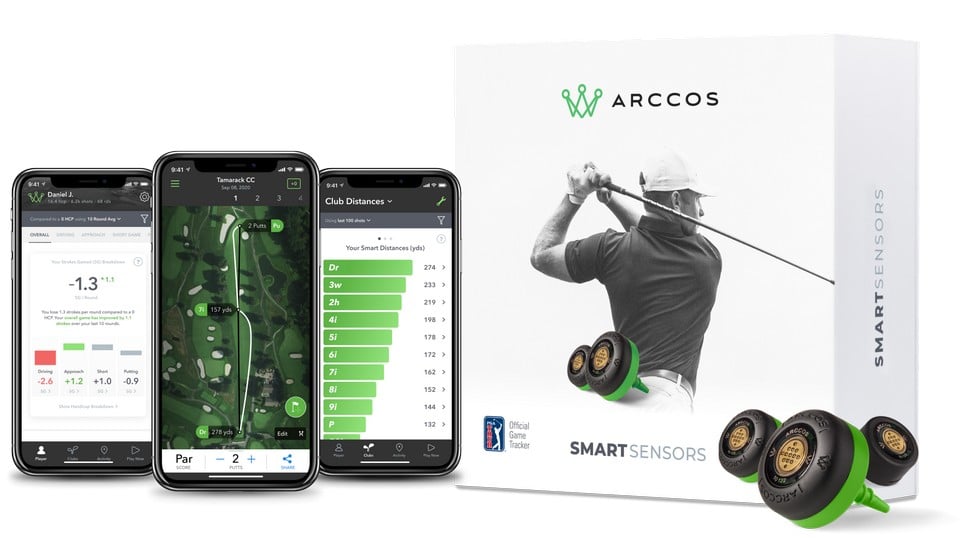
***
What was the genesis in doing the distance report?
In 2019, we published our first Distance Report to answer one of golf’s greatest questions: how far do golfers really drive the ball? Using our dataset of real golfers, we provided valuable context to this age-old fascination.
Since then, our data has grown dramatically, now including over 1.2 billion tracked shots and 180 million driver shots. The Arccos Distance Report has become the largest and most accurate analysis in the golf industry, offering unmatched insights into what happens off the tee.
What were the most interesting findings?
The relationship between age, handicap, and driving distance was striking. While our data shows the average male golfer drives it 225 yards and the average female 178 yards, the real story is in the segments.
A scratch golfer in their 20s averages about 260 yards, while a scratch golfer in their 50s averages about 240 yards. What’s fascinating is how consistently these patterns show up across different handicap levels – it’s not just about age or just about skill, but how these factors work together to influence distance.
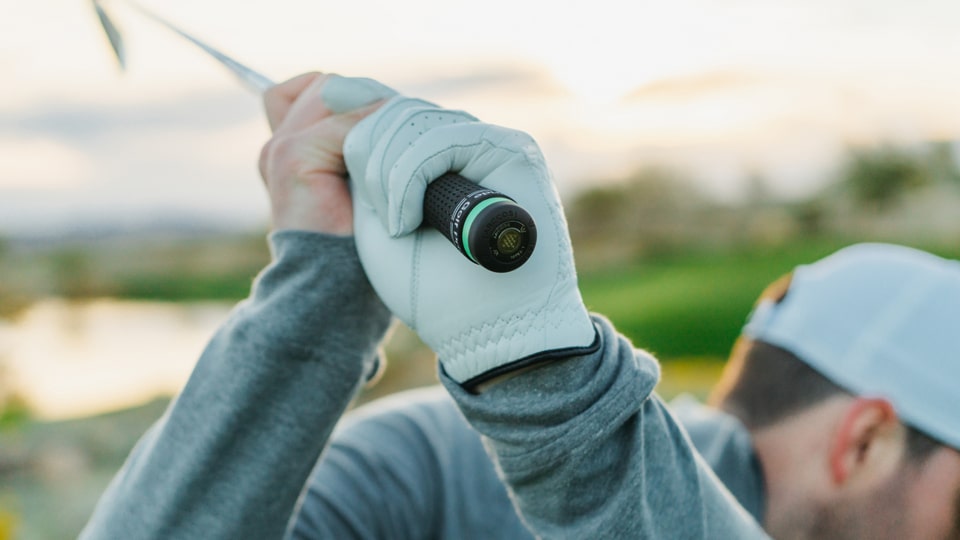
In what specific ways does the info provided by Arccos help improve player performance?
At present, the Arccos platform focuses on total distance, so that’s what we reference in the report. This relationship between carry and total distance varies significantly based on course/environment conditions and the golfer’s launch characteristics.
Golfers who launch the ball low will tend to get more roll, but that can be offset by a soft course. The most effective drivers of the golf ball are able to use the characteristics of the course and environment to their advantage.
What’s your assessment on the USGA and R&A ruling for a golf ball roll back starting in 2028 for elite golfers and in 2030 for all others?
Arccos’ role within the golf industry is to present objective data that provides helpful context to a wide variety of important discussions.
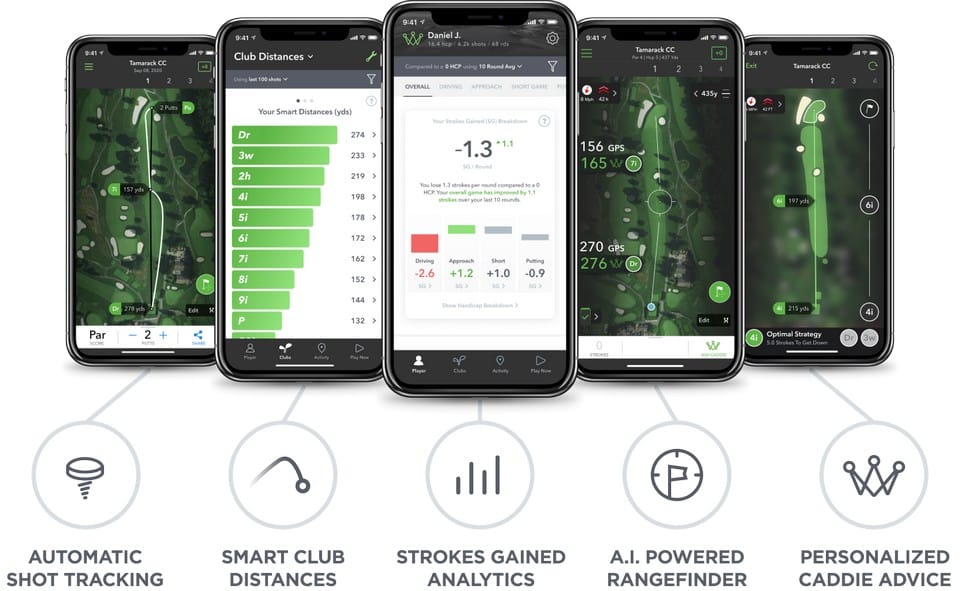
The report itemizes a range of factors tied to driver shot distance — specifically course set-up. Can you explain that in greater detail?
Course setup refers to the various environmental and course-specific conditions that can impact driver shot distance. These include factors like fairway firmness, grass maintenance, moisture levels, and the placement of hazards such as bunkers or penalty areas.
To account for these variables, Arccos provides members with Smart Club Distances, which filter out outliers like mishits, and unusually long shots to show your ‘true average.’
By normalizing and analyzing this data with advanced algorithms, Arccos delivers precise, personalized distance measurements, helping players make smarter, more informed decisions from the tee, regardless of course conditions.
Age and skill level are also cited. Can you briefly outline the impact of each?
Age and skill level are two big levers that influence distance. Younger golfers—often more flexible, stronger, and capable of generating higher swing speeds—tend to hit it farther.
As we age, natural strength and speed tend to decline, meaning a 20-something scratch golfer might average 260 yards, while a scratch golfer in their 50s might average closer to 240.
Skill level matters just as much: lower-handicap players usually have more consistent contact and better swing mechanics, enabling them to maximize their launch conditions and get more out of their drives compared to a higher-handicap player at the same age.
Given the findings from your report, what would be the appropriate length of a golf course for men hitting the ball 225 yards and women 175 yards off the tee?
Looking at the standard “Drive x 25” formula, a golfer driving it 225 yards would be best suited for a course around 5,625 yards, while someone averaging 175 yards should play from about 4,375 yards. The PGA of America and USGA’s “Tee It Forward” program makes similar recommendations.
It’s also worth noting that while the old rule of thumb was “5-iron distance x 36,” with modern club lofts “7-iron distance x 36” is probably more appropriate today. Either way, most golfers would have more fun and play faster if they moved up a set of tees.
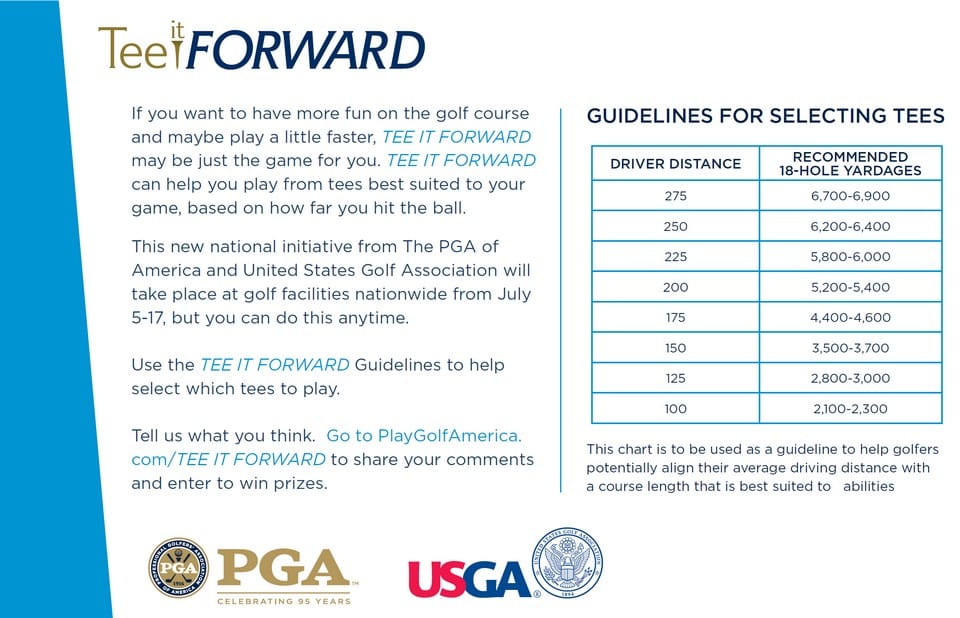
Given the information the report provides — If you could change one thing in golf unilaterally – what would it be and why?
I’d standardize how we measure golfer performance and improvement. Rather than using traditional stats like fairways hit or putts per round that don’t correlate well with scoring, I’d love to see every golfer have access to strokes gained data.
We have the technology now to show players exactly where they’re losing strokes and what to work on, but too many golfers are still using metrics that don’t help them improve.
Of course, to get this game changing data you need to track your game. And Arccos is the easiest, most seamless way to do it. When you can measure something effectively, you can improve it.
The biggest challenges facing Arccos – short and long term — is what?
Arccos’ challenge is game tracking education and helping golfers embrace data to improve. Many still rely on the “old way” of manual tracking or memory, which are imprecise and incomplete. Arccos is the “new way” by eliminating guesswork with seamless tracking and personalized insights, helping golfers improve by 5.71 strokes in their first year.
Looking ahead, the goal is to make data-driven improvement a standard for all golfers, not just elites. By advancing technology, fostering education, and expanding adoption, we aim to make smarter golf accessible to everyone.

What specific steps are being implemented to deal with each?
Arccos is dedicated to making game tracking simple, accessible, and impactful for golfers of all levels. Through ambassadors like Matt Fitzpatrick, content creation with Erik Anders Lang, and partnerships with OEM’s like PING, Taylormade and Cobra plus the PGA TOUR, we showcase how Arccos transforms improvement with seamless tracking and personalized insights. Golfers can track their game on their terms—using a phone, Apple Watch, or Link Pro—minimizing in-round distractions while delivering powerful post-round data.
Long-term, Arccos aims to expand our partnerships to help make data-driven improvement a standard across golf, advancing A.I. technology and fostering adoption from professional tours to amateur players. By championing a “smarter game,” we strive to transform the golf industry.
How much would the typical golfer improve by adding 10 yards off the tee?
If you’re able to consistently add 10 yards off the tee for all 14 of your drives per round, the cumulative effect is more meaningful than it might first appear. Based on our Strokes Gained analytics for a 10-handicap golfer, an additional 10 yards off the tee has about 0.05 strokes of value per drive.
Over the course of a round, this effect would translate into roughly three-quarters of a stroke saved. It doesn’t sound like much, but that’s often the difference between posting your usual score or walking off feeling like you’ve just recorded one of your better rounds of the season.
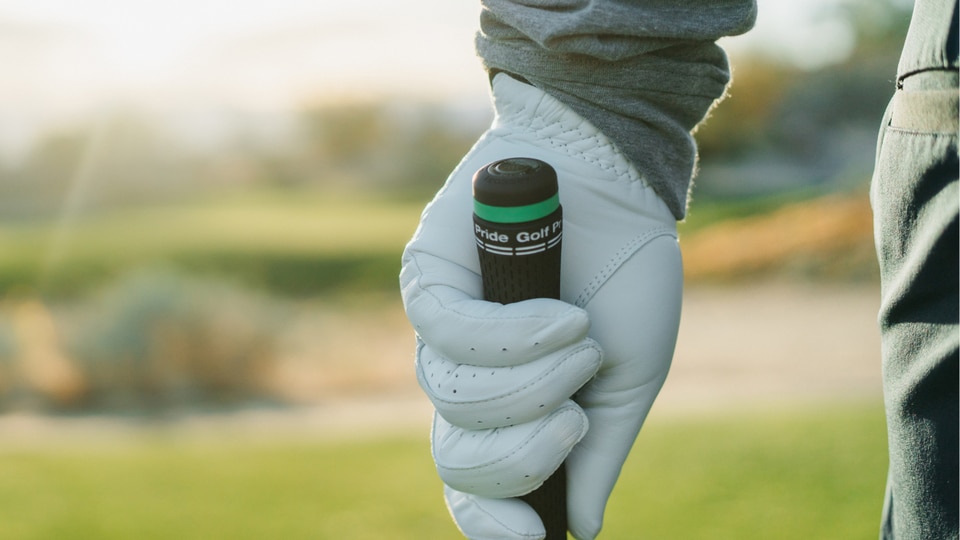
What are the most common misconceptions golfers have about their game that Arccos data helps debunk?
One major misconception is the impact of birdies versus big mistakes. Scratch golfers make about three times more birdies than a 10-handicap (2.2 vs. 0.7 per round).
However, the real difference lies in avoiding double bogeys or worse. Scratch golfers average 0.7 per round, compared to 2.9 for 10-handicaps—a 4x difference. Reducing big mistakes is key to lowering scores.
***
For more information go to:

Related: Sam Hahn interview
CEO L.A.B. Golf. Lie Angle Balance (L.A.B.) is a patented technology that simplifies putting.


